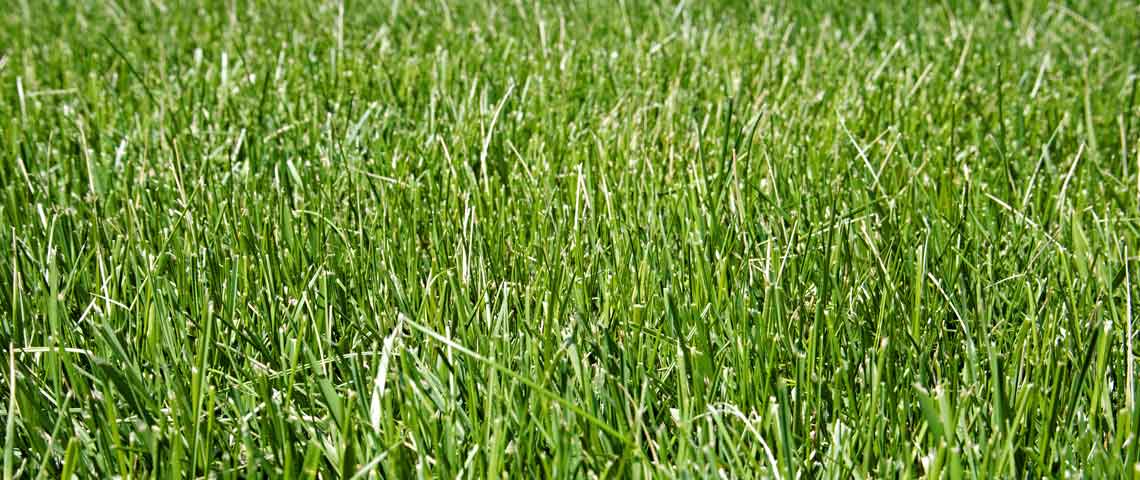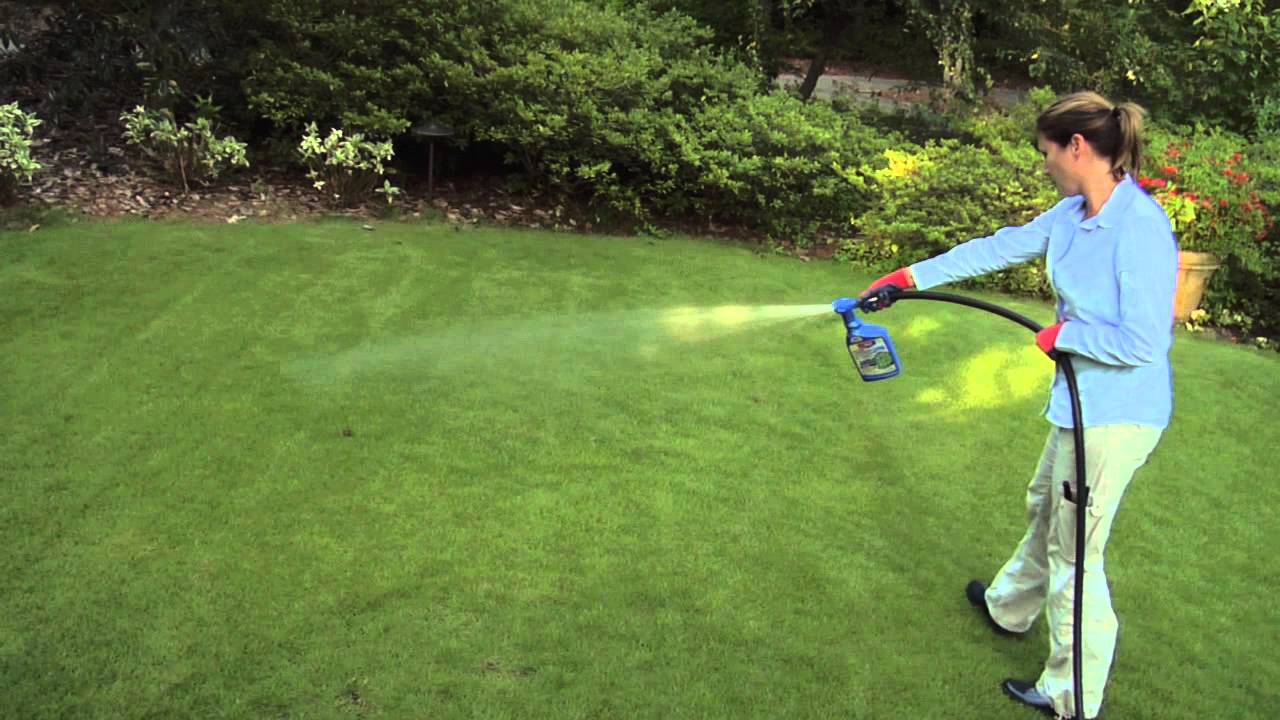Early to mid-fall is a great time to take on the important job of a fall lawn renovation. The soil is still warm, which encourages quick germination, and yet the air is cool, which allows the young grass to grow without drying out. The perfect combination of grass seeds to germinate and turf to take root quickly.
Why Renovate Your Lawn?
There are many reasons to take on the task of a fall lawn renovation, first among them is because it will make your yard look better and can help raise your property value. No one wants to look out at bare patches or thick weeds in their yard. In addition, a nice, lush lawn helps control soil erosion, filters pollution from groundwater, keeps the summer ground temperatures more moderate and adds much-needed oxygen to the air. Our lawn and garden care products provides the essential nutrients necessary to fully renovate your lawn.
Tips to Help You Renovate Your Lawn
Here are our tried and true tips to help you renovate an existing lawn through overseeding:
Decide on Type of Seed
Choose the right type of grass seed for your growing conditions. Select high-quality seed to ensure that there are no weed seeds or undesirable grass species included. In the Mid Atlantic area, tall fescue is the primary type of seed that is sown. We are in what is termed a transition zone. We are too far south for northern grasses, such as bluegrass, that cannot tolerate our hot summers. We’re too far north for southern grasses that cannot tolerate our cold winters. Tall fescue is the best type of seed to establish a lawn in our area.

Control Weeds
It is difficult to kill weeds when germinating seed, as most chemical weed controls will inhibit the germination of seed. You can either hand pull the weeds if you’re up to the task or mow them short and seed around them. Weed control is best left until spring when your new grass will be mature enough to survive the weed killers. An application of fertilizer with Dimension pre-emergent just as the soil is beginning to warm in spring is the best strategy to control crabgrass and other annual weeds.

Mow Lawn to 1” in Height, Dethatch and Aerate
Your lawn cannot live without air, water, and nutrients. When a thick layer of thatch builds up, the new seed may germinate in the thatch rather than in the soil. If that occurs the seed will not root into the soil and will not survive. Dethatching and aerating can help rejuvenate a lawn by restoring passageways to the soil. Fall is an excellent time to dethatch your grass. Thatching rakes can be used but for lawns with severe thatch problems or if you have heavy or compacted soil, aerate the soil and add LeafGro, or other high-quality lawn soil.
Aeration creates openings in a lawn to allow air, nutrients, and water to reach grass roots. Choose an aerator that extracts plugs of soil 2 to 3 inches long and deposits them on the lawn. Allow these plugs to decompose naturally. Be sure to aerate when the soil is moist, not too wet and not too dry.

Add Top Soil or Leaf Compost
Top dress the area with topsoil if needed. For a 100% new lawn, not overseeding tilling leaf compost into the top 6-8 inches of the soil and raking it smooth is the best way to prepare a new lawn.
Sow the Seed
After dethatching and aerating, it’s time to overseed your lawn. Because you now have holes throughout your yard, the grass seed can easily reach the soil. Grab a hand spreader to overseed smaller areas and a lawn spreader for larger ones.
Tamp Down and Cover
Tamp down the area firmly to ensure that the seeds go into the soil. Good seed to soil contact is necessary for germination and root development. It advisable to lightly cover your new seed with straw, leaf compost or Greenview seed accelerator.
Steps to Renovating Your Lawn
Now your fall lawn renovation is complete, but all your work will be in vain if you don’t follow these important after lawn renovation steps:
Watering
Keep the seed moist until it is established, usually with several light waterings throughout the day. New seed needs to remain moist until it germinates. After your new lawn is established, it should receive about one inch of water per week in the absence of rain.
Mowing
Begin to mow new turf when it reaches a height 1/3 higher than normal mowing height, between 2 1/2″ to 3 1/2”. This usually takes about 4-6 weeks after seeding. Be sure to remove only about one-third of vegetation each time you mow.
Fertilizing
Apply a quality fertilizer, either when seeding or a few weeks later. Be sure to do follow up applications as part of regular maintenance program. Remember in Maryland there are limitations to when you can fertilize your lawn. Reference Maryland’s Lawn Fertilizer Law to avoid civil penalties.
Weeding
Hand pull any weeds. Don’t apply any herbicides until lawn has been mowed 3-4 times.
Traffic
Restrict foot traffic for at least a month to allow the seeds to grow.
A lush, healthy lawn is a joy to see year-round and especially in months when not much else is growing. A few important steps taken now will make your lawn the envy of the neighborhood and make your spring lawn care even easier.
Contact Us
Have questions? Our knowledgeable staff will be happy to help you out with your fall lawn renovation! Stop by and see us, or give us a call at 301-218-4769.
[symple_button url=”/contact/” color=”green” size=”large” border_radius=”3px” target=”self” rel=”” icon_left=”” icon_right=””]Contact Lawn Garden Department[/symple_button]


Nice Article